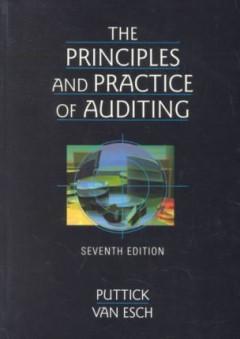Answered step by step
Verified Expert Solution
Question
1 Approved Answer
(b) The resultant market value of all products are then added. (c) The percentage of the market value of each product to the total of

(b) The resultant market value of all products are then added. (c) The percentage of the market value of each product to the total of the market values under (b) above is found out. (d) These percentages are used to allocate the total input cost among the joint products. (ii) Market value after further processing: Here the basis of apportionment of Joint costs is the total sales value of finished products and involves the same principle as stated in (1) above. (ii) Net realisable value method: From the sales value of the joint products (at finished stage) the followings are deducted: (a) estimated profit margins. (b) selling and distribution expenses, if any, and 123 (c) post-split off costs. The resultant figure so obtained is known as net realisable value of joint products. Joint costs are apportioned in the ratio of net realisable values. This method is extensively used in many industries CO-PRODUCTS Co-products are particular type of products but produced in different varieties. These products may not necessarily arise from the same operation or raw materials and may be produced in different quantities without any co-relation to the others according to the needs of the market. For example, in fan manufacturing industry, a number of co-products may be produced in different quantities, such as, ceiling fan, table fan, pedestal fan, cabin fan etc. Similarly, in automobile industry Co-products are, cars, jeeps, trucks, buses etc. Co-products are distinguished from joint products in as much as the quantities of joint products remain in linear relationship between them whereas co-products are independent ones and may be produced in different quantities without any co-relationship with others. A by-product 'Kappa' is derived in the course of manufacturing a product Gamma'. The by-product is further processed for sale. From the following data available from cost records, prepare an account showing the cost per kg. of the product 'Gamal Joint expenses Separate expenses Gamma Kappa Materials 20,000 12.000 1,000 Labour 14,000 10,000 4,000 Overheads 5,000 3,000 1.200 The quantities produced during the period under consideration were: Gamma 400 kgs. Kappa 100 kgs The selling price of Kappa was 240 per kg. on which the profit earned was estimated at 30% of the seling price
Step by Step Solution
There are 3 Steps involved in it
Step: 1

Get Instant Access to Expert-Tailored Solutions
See step-by-step solutions with expert insights and AI powered tools for academic success
Step: 2

Step: 3

Ace Your Homework with AI
Get the answers you need in no time with our AI-driven, step-by-step assistance
Get Started


